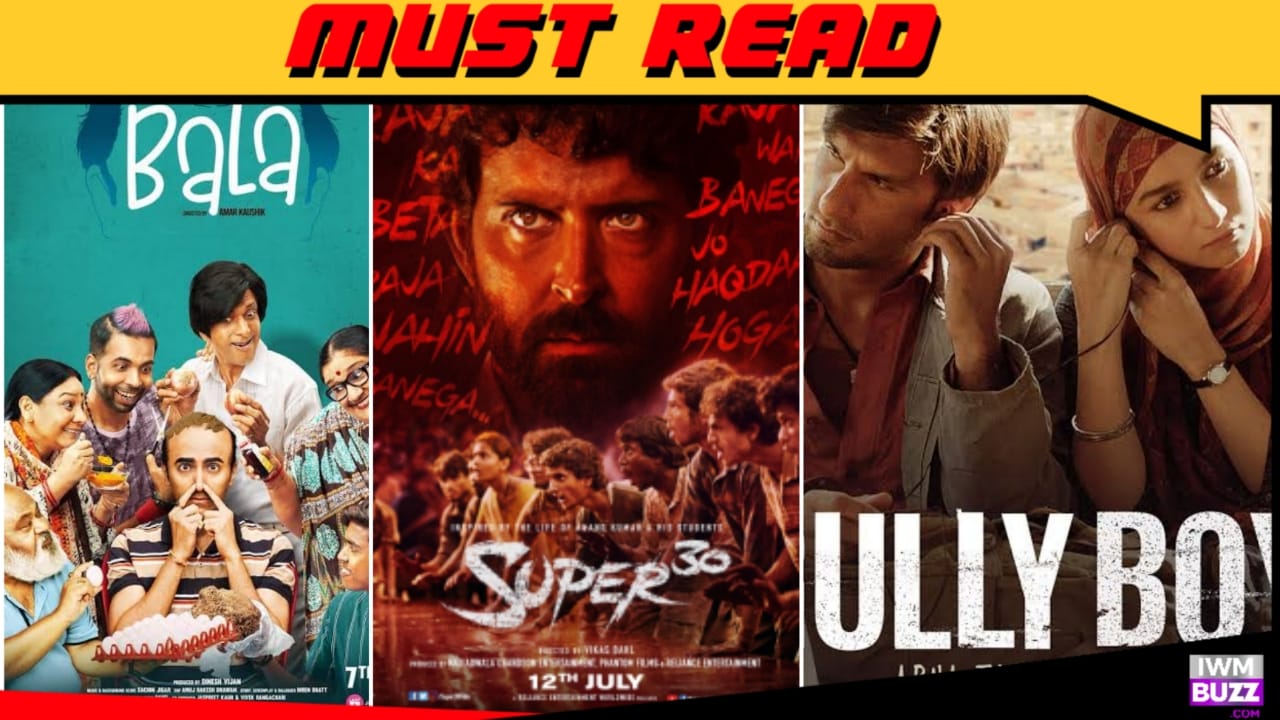We are definitely appreciating, that the Indian Cinema, predominantly Bollywood, is thriving to get its audience into resonation! But only if the makers could work on the representation of the tribes, races, colours, and religions they are showcasing in their films. Nearly everyone in the subcontinent watches Bollywood. Bollywood acts as a bridge that connects communities, irrespective of class, gender, or caste, in a nation fraught with societal and political divisions. Citing concerns of their allegedly Shakespearian and ephemeral nature, it is crucial to recognise the frame of reference within which such movies are produced: a substantial chunk of those who watch Bollywood productions are from lower socioeconomic backgrounds because the film, along with sport, is currently a primary accessible source of entertainment. Therefore, elitism and classism may be at the rhizome of criticism of Bollywood for allegedly lacking epistemological dexterity or erudite complexity.
In terms of ‘Skin Colour.’
Sad to point this out, but the notions and nuances that Bollywood has picked out its colour bias from its other westernised counterpart in Hollywood. It shared Hollywood’s orientation for conveying characters in stereotypical ways without entity and propensity for fairer skin over black complexions. Bollywood reflected behaviours towards skin tone that have long been ubiquitous in Indian society. Lighter skin tones became a common trait of stars due to the predominance of the obsession with fairer or paler skin.
So much so that the makers would instead hire a fairer skin actor and paint him/her dark with a tonne of bronzer to fit into a role that liberates ‘dark complexions’. How, ironically, liberating! Isn’t it? Why not actually hire a dark-skinned actor? If you recall Bhumi Pednekar’s role in the movie ‘Bala’! Or Hrithik Roshan’s ‘Super 30’, or even Ranveer Singh’s Gully Boy. Interestingly, it’s something Hollywood, too, is a fan of and for years, they have painted their actors with bronzer rather than picking up an ethnically diverse cast.
Also, songs like ‘Chittiyan Kalaiyan ve’, ‘Hum Kaale hai to kya hua dil wale hain’, and others proudly glorify racism.
In terms of ‘Communities.’
In acquainting the viewers with the hardships, that minorities or different communities face in daily life and to recalibrate their discrepancy as individuals in society, Bollywood has emerged to portray many minorities and disparate people in its films. However, these caricatures frequently cannot eloquently and robustly represent the relevant communities.
If you remember Priyanka Chopra being brave and opening up about the issue while talking about ‘Mary Kom’. She said, “I look nothing like her. She comes from the northeast of India, and I am from northern India, and we physically didn’t look alike.” And she admitted that an actual northeast woman should have played the character. But, she added, “I spent a lot of time with her so that she could educate me about what her choices were, why she made the choices that she did.” As quoted by She The People.
Hrithik Roshan’s ‘Super 30’, where he plays Anand Kumar, based out of Bihar. His accent in the film still happens to be one of the most hideous of the highest order. While HR did a fine job as an actor, the makers could have cast a Bihari actor instead to bring authenticity.
Laxmii, a film that spins around the life of a ‘transgender person’, surprisingly didn’t cast a transgender person to play the role but a cisgender man. The same applies to the movie ‘Chandigarh Karein Aashiqui’.
In terms of ‘Regions.’
Kashmir happens to be the winner here! Either portrayed as a terrorist or a collaborator in films! The Kashmir perspective has remained silent for aeons. We aren’t naming films, but you know what to search for out there!
The portrayal of Punjab, sadly, in the Indian Cinema has almost made us believe that the place is just about ‘Sarson ke khet’, ‘Balle Balle’ and ‘Lassi’; but you realise that it isn’t the case but is just one dimension to it, once you go and visit the place in person.
While that already turns overwhelming, Indian Cinema doesn’t fail to astound us again with its trailing’ crime stories’ surrounding Bihar.
Although Indian Cinema is ostensibly just as cosmopolitan as its anglophone contemporaries, many individuals are still unaware of this owing to scant exposure and resultant misinterpretation. However, contrary to widespread misperception, the Indian film industry has produced diverse art forms, styles, and themes throughout its history.
There is no way around it that India’s film industry, like any other, has a good proportion of poor value. Why, then, might we choose habitually concentrate on Bollywood’s flaws while being able to see the diversification of Hollywood? A portion of the finest artistic talent and potential is prevalent in this industry, which either serves more as a based-on culture scripture than a simple business. It is prejudiced to disregard the artistic abilities of a whole Deccan due to a preconception. Bollywood is an essential part of Indian culture, not something to be derided, so to mock it is to make fun of the communities that value it. There are suitable dimensions to Bollywood as well; a blend of all, and definitely a work in progress!

